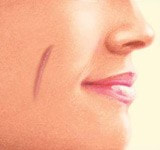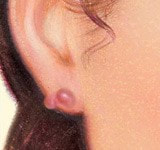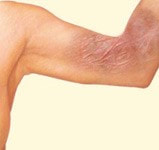What is scar revision?
Scar revision surgery will attempt to minimize a scar to make sure that it is less obvious and also blends in with the surrounding complexion as well as texture.
Scars show up indicators that continue to be after an injury has actually healed. They are the unavoidable outcomes of injury or surgery, and their growth can be uncertain. Poor recovery may contribute to scars that are apparent, unpleasant or disfiguring. Also a wound that heals well can lead to a scar that influences your look. Scars might be noticeable as a result of their size, form or area; they can also be increased or depressed, as well as might vary in shade or texture from the bordering healthy cells.
Your therapy alternatives may vary based upon the kind and degree of scarring as well as can consist of:
Simple topical therapies
Minimally intrusive procedures
Surgical modification with innovative methods in wound closure
Although scar alteration can provide an extra pleasing aesthetic result or boost a scar that has recovered improperly, a scar can not be completely erased.
What is a scar?
Scar revision is cosmetic surgery carried out to boost the problem or look of a scar anywhere on your body. The various types of scars include:
Discoloration or surface area irregularities and also other much more refined scars can be cosmetically boosted by surgery or other treatments suggested by your cosmetic surgeon. These types of scars do not hinder feature or trigger physical discomfort and include acne scars in addition to scars arising from minor injury and previous surgical lacerations.
Hypertropic scars are thick clusters of scar tissue that develop directly at a wound site. They are often raised, red and/or uncomfortable and may become wider over time. They can be hyperpigmented (darker in color) or hypopigmented (lighter in color).
Keloids are larger than hypertropic scars. They can be excruciating or scratchy, as well as might also tighten. They extend past the sides of an original wound or cut. Keloids can happen anywhere on your body, yet they develop a lot more generally where there is little underlying fat, such as on the face, neck, ears, breast or shoulders.
Contractures are scars that restrict activity because of skin and underlying cells that pull together during healing. They can happen when there is a big quantity of tissue loss, such as after a melt. Contractures additionally can create where an injury goes across a joint, restricting motion of the fingers, arm joints, knees or neck.
The type of scar you have will determine the appropriate techniques your plastic surgeon will use to improve your scar.
Find more about our Procedures https://sanantoniosurgeon.weebly.com/
via DR. WILLIAM ALBRIGHT - Blog https://ift.tt/30mGjZC






